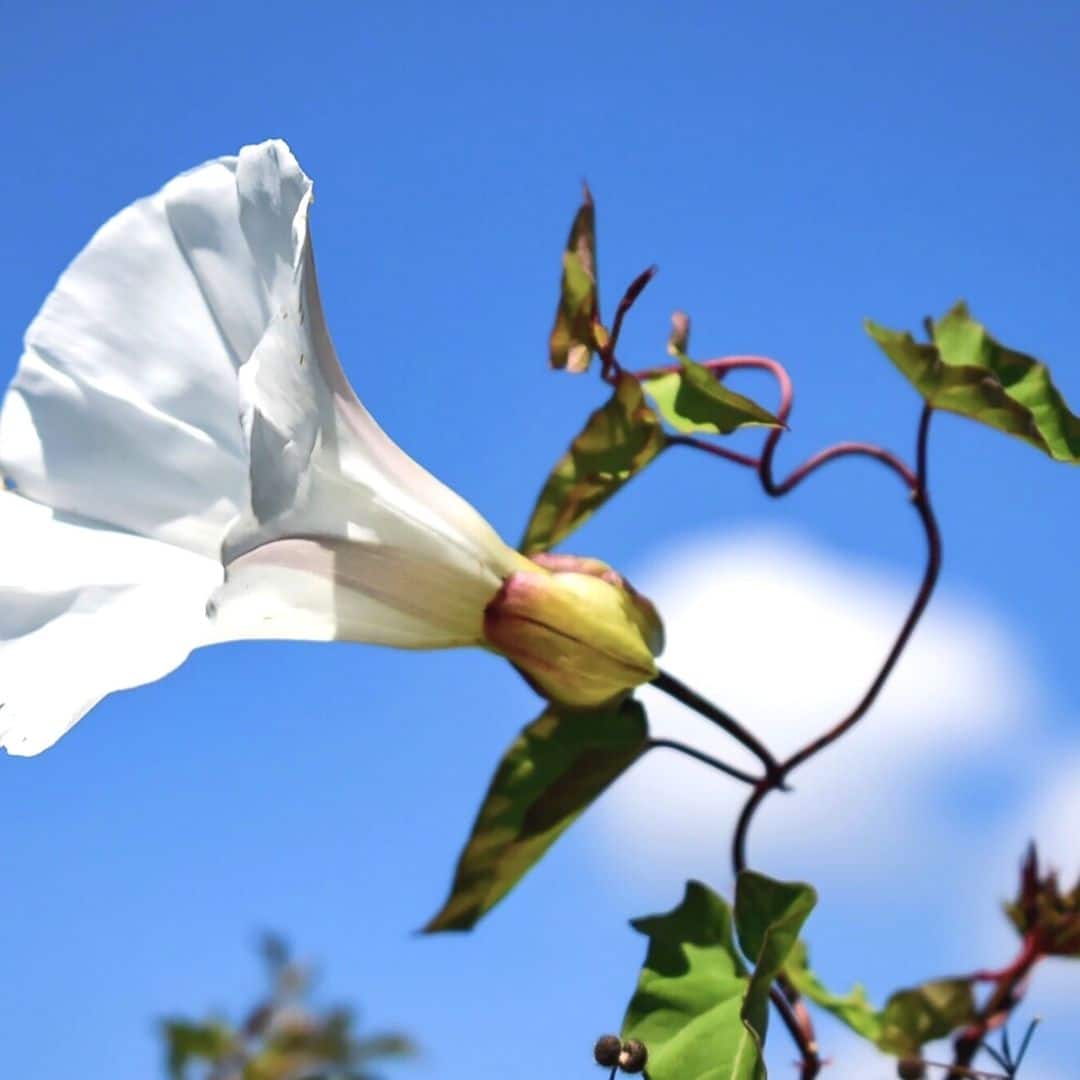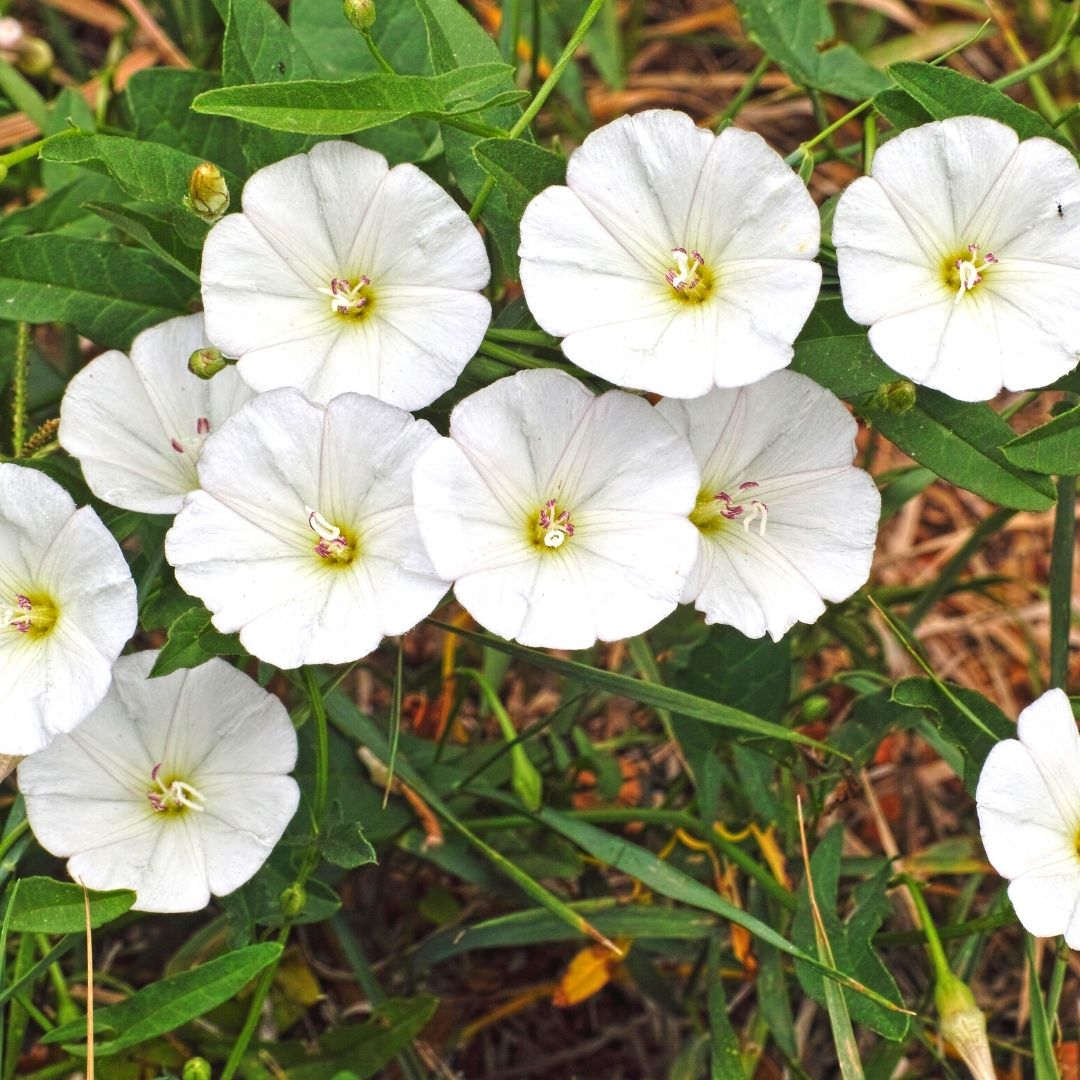Foraging Gozo. Sea Beet.
Sea Beet is found growing wild on Gozo and is a great alternative to chard.
Author of, Weeds For Health On Gozo, Heléna Szöllősy shares everything you need to know about the wild plants that make up Gozo’s unique and diverse flora. Enjoy learning about the healing benefits and many usages of Bindweed which grows on Gozo from May to September.


Botanical Name: Convulvulus arvensis – L. Synonyms: Convulvulus ambigens, Convulvulus Incanus, Convulvulus Minor Family Name: Convolvulaceae Maltese Name: Leblieb tar-raba Common Names: Creeping Jenny, Creeping jenny, Field Bindweed, Morning Glory, Possession Vine, Wild Morning Glory, Withy Wind Meaning of the Name: Convolvulus, from Latin, convolvere, ’to twine around’, ’a bindweed’ (Plinius), from convolvo, volvi, volutum, ere ’to droll together, roll up, intertwine’. arvensis, from Latin arvum, field, cultivated land, plowed land, of cultivated fields.
Bindweed is a perennial climber growing to 2 metres. The leaves are spiral, arranged linearly to arrowhead-shaped, around 2–5 cm long and alternate, with a 1–3 cm petiole. The flowers are trumpet-shaped, 1-2.5 cm in diameter, white or pale pink, with five slightly darker pink radial stripes.
On Gozo flowering occurs from May to September, when white to pale pink, funnel-shaped flowers develop. Flowers are approximately 1 -2.5 cm across and are subtended by small bracts. The flowers are hermaphrodites (have both male and female organs) and are pollinated by bees, flies, and the self. The plant is self-fertile. The fruit is light brown, rounded and 0.3 cm wide. Each fruit contains two seeds that are eaten by birds and can remain viable in the soil for decades.


Leaves: – used like spinach in parts of Turkey, where they are also used as a flavouring for some dishes. The plant has been used as a flavouring in a liqueur called ’Noyeau’.
The stem is used as twine for tying up plants etc. It is fairly flexible and strong but not long-lasting. A green dye is obtained from the whole plant
2-3 tsp of this mixture are consumed daily, mixed with syrup or honey to mask the bitter taste. One teaspoon is taken each morning on an empty stomach.
Want to learn what else you can forage on Gozo? Click here.
Author : Heléna Szöllősy. Editor: GITH

Helena is an expert on the medicinal properties of plants having trained in Herbal Medicine and Naturopathy, specialising in Phytotherapy including Homeopathy, Aromatherapy, Apitherapy and Bach Flower Therapy.
Information on the traditional uses and properties of herbs are provided in this book for educational purposes only and is not intended as medical advice. This information is not intended to be used to diagnose, prescribe or replace professional medical care. If you have any serious health concerns, you should always check with your health care practitioner before self-administering herbs. Please also undertake your own research when foraging. Some wild plants are endangered and are protected by law.
Sea Beet is found growing wild on Gozo and is a great alternative to chard.
Did you know Wild Asparagus Is really good for your skin? You can find it on Gozo all year round.
Wild Artichokes Are found growing wild on Gozo and super healthy for the liver.
Small White Clover, found growing wild on Gozo and known to be lucky makes a great pudding!